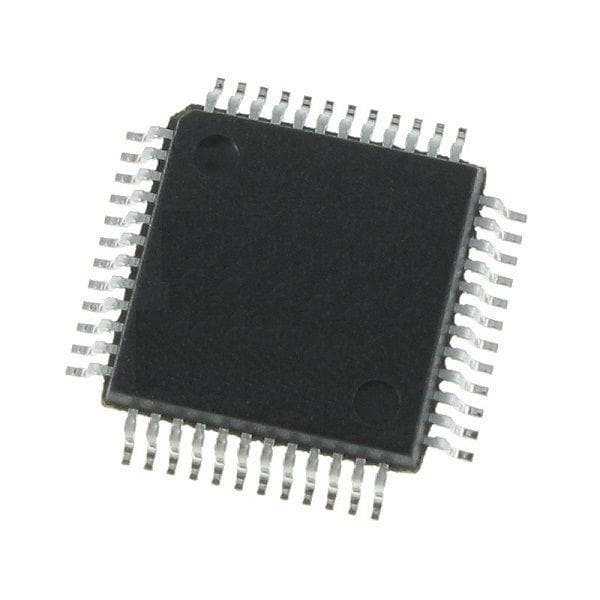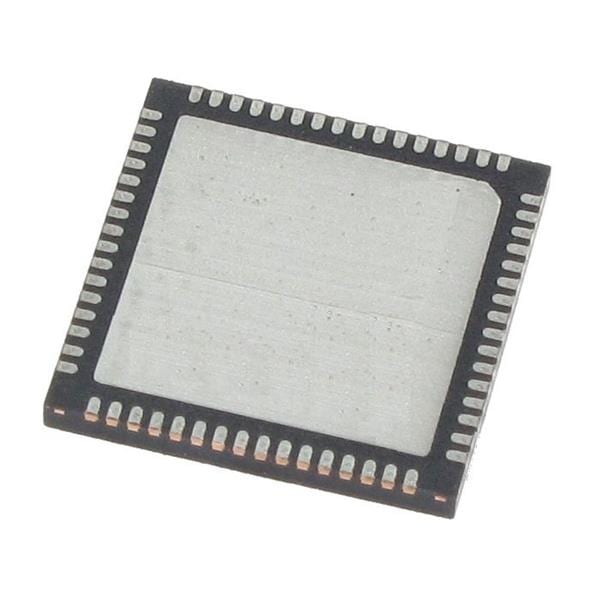The Bitcoin mining company is stumped as to why Bitmain changed the design of the S19 Antminers.
Bitcoin mining company Compass Mining claims to have found “three issues” in the ASIC design of the two new Antminer S19 miners, units that are primarily used to mine Bitcoin (BTC). STM32F103RBT6

These issues could result in the machines overheating and, in some cases, completely breaking down.
The firm’s mining operations team warned in its March 6 post that “Miners need to be ready,” particularly those who purchased the S19 90T and S19 XP Antminers manufactured from 2022 onwards.
Bitmain changed its ASIC design. Miners need to be readyhttps://t.co/cs8z96lR1L pic.twitter.com/2NN4O3sEfP
While the firm stated that “other versions could be affected as well,” the three flaws the firm identified stemmed from a lack of a peripheral interface controller (PIC) on units, the implementation of aluminum plating instead of laminate material, and the bunching up components onto just one side of the board.
According to Compass Mining, peripheral interface controllers, or PICs, are used to control and monitor a range of devices and systems across all sorts of electronics. In ASICs, they’re used to interface with hashboards individually, rather than addressing them as one unit.
This, however, has been removed in the most recent design, said the firm.
Compass Mining explained that this lack of PIC means that should one hashboard fail, the entire unit “fails completely.”
The mining company also said that by implementing aluminum plating on the hashboard, it may overheat and therefore lead to a higher “failure rate” than those built on printed circuit boards (PCBs) — which is what the old S19s were built on.
This would lead to “higher servicing needs,” the company said.
Meanwhile, the company has also raised concerns about the mining unit’s transition to aluminum, referring to it as “net negative.”
“We view the design decision to swap to aluminum-plating on hashboards as a net negative — one that will increase ASIC failure and underhashing while increasing service and maintenance costs,” it wrote.
The firm also explained that the presence of the aluminum would make it more difficult to replace malfunctioning chips:
Compass Mining said they first realized the drop in performance when they deployed the S19 XP at its Texas partner facility — which could have been impacted by humidity and heat.
As for the third issue, the firm noted that by implementing the aluminium plating without changing the chassis — the base frame of the ASIC — would also contribute to the higher failure rates.
Because aluminium is very heat emissive, the metal will cause “convective heating” inside the chassis, the firm explained, before proposing some solutions:
Related: Bitcoin ASIC miner prices hovering at lows not seen in years
Other possible solutions proposed by the firm include finding third-party firmware that allows the frequency and voltage of the machine to maintain reasonable temperature and humidity levels in order to get more longevity out of the mining machines.
The firm did however acknowledge that they may have just gotten a “bad batch” from Bitmain, noting it is “common knowledge” in Bitcoin mining not to buy the first batch of Bitcoin ASICs.
“Unknown errors are often only revealed over time, so it’s best to have others find them out first,” it said.
Cointelegraph reached out to Bitmain for comment but did not receive a response by the time of publication.

STM32G070RBT6 Bitmain Antminers have been used to mine proof-of-work cryptocurrencies such as BTC, Dogecoin (DOGE) and Litecoin (LTC).